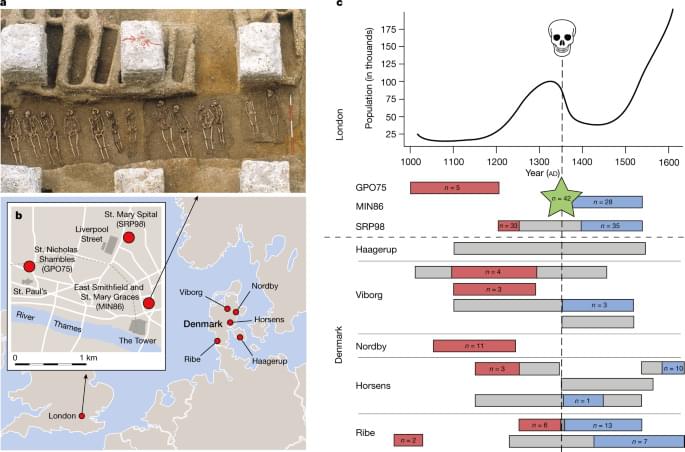It’s important to reach out to your doctor before changing or stopping a medication regimen.




There’s a certain insidiousness to the way glaucoma — a group of eye diseases that damage the optic nerve — can snatch away a person’s vision.
That damage can be so slow that people may never notice until it is too late, and the long term impacts, like loss of peripheral vision, blind spots, and blindness, have set in.
Glaucoma impacts tens of millions of people globally, and is the second leading cause of blindness, after cataracts. Now, Purdue University researchers have developed smart contact lenses that may help save people’s sight.

Researchers at the University of West Scotland (UWS) believe that groundbreaking artificial intelligence (AI) could help reduce winter stresses and demands on hospitals. The innovative approach, using AI, would automatically diagnose lung diseases, such as pneumonia and tuberculosis.
The research was published in the journal Computer Methods and Programs in Biomedicine.
The trial that could transform care for people with blood disorders such as sickle cell and rare blood types.
In what can be called a breakthrough in medical science, red blood cells grown in a laboratory have been transfused into volunteers in a world-first clinical trial.
The manufactured blood cells — grown from donor stem cells — could revolutionize treatments for people with blood disorders such as sickle cell disease if proven to be safe and effective.


Scientists have discovered the cause of a rare condition within a part of the genome that has been largely unexplored in medical genetics. A team at the University of Exeter has found genetic changes in a region that controls the activity of the genome, turning on or off genes, and in doing so they have found a key that could unlock other causes of rare conditions.
The finding, published in Nature Genetics, is a very rare case of a cause of disease that only results from changes outside the exome, the region of the genome that codes for genes. It is also the first time that changes have been shown to affect a gene—known as HK1—that does not normally have a role in the relevant body tissue—in this case, the pancreas.
Until now, scientists have typically sequenced the part of the genome that describes the genetic code of all genes in individuals with a rare disease. They do this looking for variants in the DNA that affects a protein known to have an important role in the disease-relevant organ. A good example is observed in neonatal diabetes, where genetic variants disrupt the function of the pancreatic protein insulin, causing high blood sugar levels.

The virus found in these regions is derived from an oral polio vaccine used in some countries. So far, only two cases of polio-related paralysis have been reported, in Jerusalem in February and New York in June1; the New York infection was the first such US case in nearly a decade. But wastewater samples in all three areas suggest that the virus is circulating more widely.
Polio causes irreversible paralysis in less than one in 200 of the susceptible people it infects, so the cases of paralysis suggest that many other people there have been infected, says Walter Orenstein, who studies infectious diseases at Emory University in Atlanta, Georgia. “Cases like that are just the tip of the iceberg,” he says. “It’s very concerning.”
Nature talked to researchers about the scale of the outbreak, and what can be done to stop it.


This could give more immunity to viruses with the gene they found helped people survive the black death.
“We all think that COVID-19 was insane and completely changed the world and our societies,” Barreiro says. “COVID has a mortality rate of about 0.05% – something like that. Now try to project – if it’s even possible – a scenario where 30 to 50% of the population dies.”
Now a new study, published Wednesday in the journal Nature, shows that the Black Death altered more than society: It also likely altered the evolution of the European people’s genome.
In the study, Barreiro and his colleagues found that Black Death survivors in London and Denmark had an edge in their genes – mutations that helped protect against the plague pathogen, Yersinia pestis. Survivors passed those mutations onto their descendants, and many Europeans still carry those mutations today.